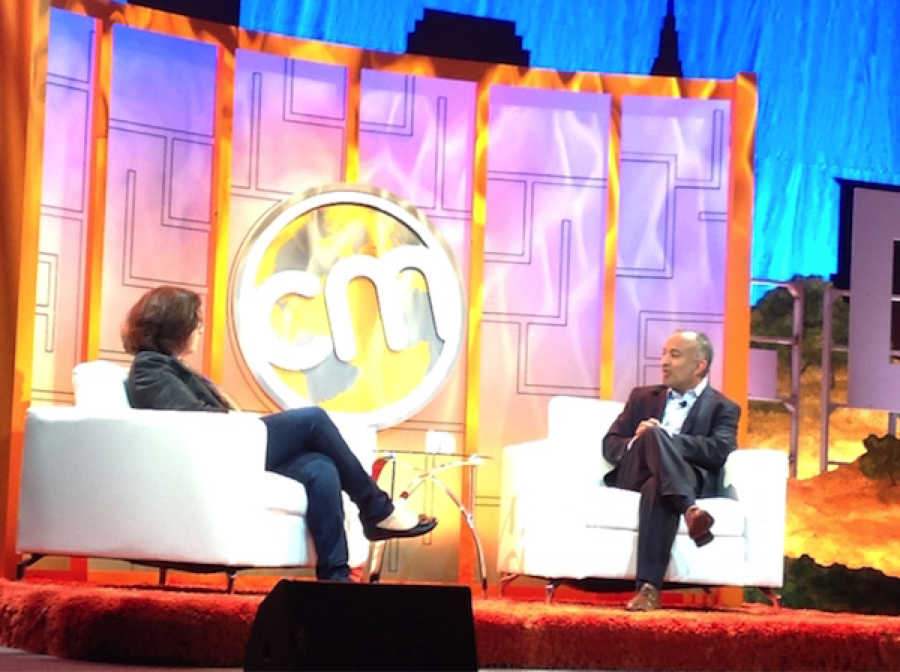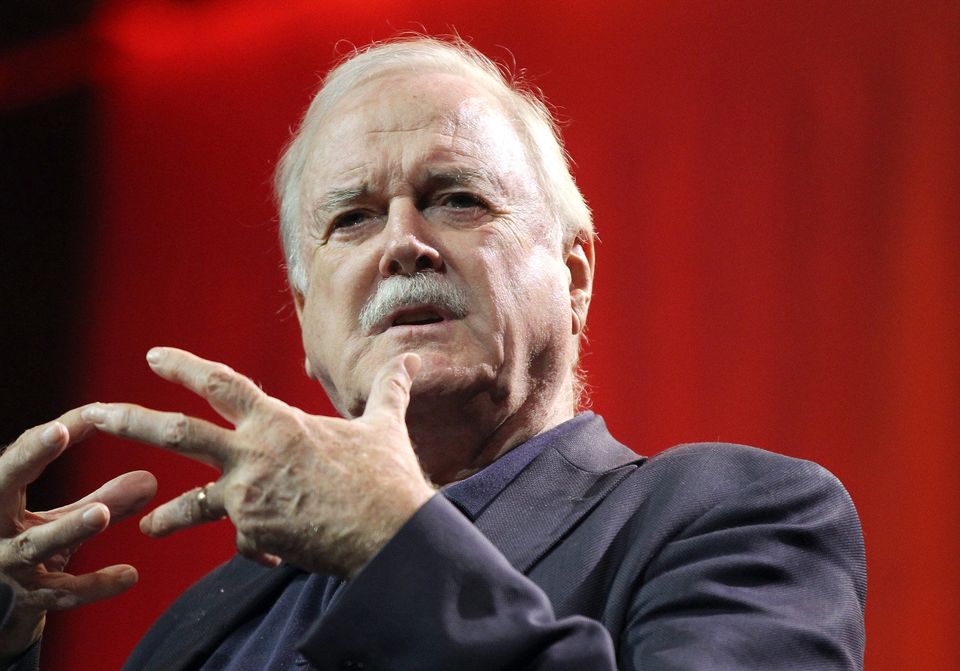So much of what we do in Australian marketing originates from the USA. I’m just back from an American conference where 3500 marketers, mostly from America, gathered to find out what’s coming next and what marketing departments should be focused on. It was a week of case studies, keynote speeches and presentations on what’s working and what we should be doing to ‘cut through’ and gain a broader audience.
Content Marketing World was both enlightening and exhausting due to the vast amount of information shared. The main conference started to the tunes of Uptown Funk at 8:00 in the morning. (It was a comparatively late start for the Americans. The next day started at 7:15.) The condensed version of the event went something like this:
Build relationships! Create experiences! Tell stories! Publish often! Don’t publish often! Hire good writers, you can train marketers! Be a good marketer, you can outsource writing! Social is everything. Social is nothing. Email is everything! Start with a strategy! Don’t wait to get started! Know your audience!
It was a little bit like whiplash. I know everyone is talking about measurement being the overall theme of CMWorld but I didn’t attend one session where they talked about it. The closest I got was listening to the brilliant Andrew Davis talk about building momentum on social media. But then there were 150 speakers (I was one of them) and 11 concurrent streams so there was no way you could get to everything.
One week after the event, here are the main messages embedded in my marketing psyche:
Ask why
Kristina Halvorson had the first keynote and she set the tone for change. For those paying attention, her presentation was akin to having a scab picked off an old wound; it was uncomfortable but it needed to be done. She challenged marketers to start questioning our strategies – and not having a strategy is a strategy. She said, “Strategy is a path of saying no,” and encouraged marketers to quit thinking about what you can do and start planning what you won’t do. She sees marketing strategy as an exercise in governance. I have to agree.
When you say yes to all the things, it becomes too much, says @halvorson. #strategy#cmworld There is power in saying no.
— Sarah Mitchell (@globalcopywrite) September 9, 2015
One savvy piece of advice was to get rid of the word ‘increase’ in setting goals. She urged marketers to examine their current audience and why those people are included. ‘Why?’ was a big message in Halvorson’s talk and it hit home. When you strip everything back, what you’re left with is a good starting point to craft a better strategy. Two other pointed observations from her talk were:
“All your websites suck.”
“Engagement is a vanity metric.”
I think she’s right.
Think
If Halvorson got us thinking, John Cleese challenged us to make it part of our daily routine. He talked extensively about living a creative life and the importance of having time to contemplate and percolate ideas. He observed the best work often doesn’t look like work because it gets done sitting on a park bench, in the shower, or on a long walk.
He also tackled what stymies creativity. Pressure, fear of failure and competitive thoughts are killers. Cleese, a famously prickly character, counseled on collaborating with a diverse team of personalities but suggested a good facilitator would be essential to avoid regular bloodletting. The piece of advice most well received was to banish the open-plan office.
“Don’t work in an open plan office,” says John Cleese if you want to be creative. #CMWorld#applause
— Sarah Mitchell (@globalcopywrite) September 9, 2015
Inject humanity
We’re often advised to ‘be authentic’ but Rajiv Chandrasekaran, former National Editor of The Washington Post defined what that really means. In his first interview since leaving traditional journalism to become a brand journalist at Starbucks, Rajiv said the only way to communicate effectively was through storytelling. He went on to say the only stories worth reading are those about real people.
Telling a good story always comes down to people – the human element, says @rajivscribe. #CMWorld Good advice for brands. #contentmarketing
— Sarah Mitchell (@globalcopywrite) September 10, 2015
The award-winning journalist also spoke at length about the importance of keeping your values front and centre in marketing. Not only do you get the best stories, you also find the best talent and develop a passionate team aligned with the same thinking and goals.
Rajiv didn’t use marketing buzzwords like cut-through and engagment but he didn’t have to. The message was clear, start telling stories about the people that matter to your company and you’ll get attention for you brand. That’s your shortcut to authenticity.
Act ethically
As someone who came through a side-door to marketing, I’ve often been shocked at two things:
1) How many companies distrust marketing
2) How often marketers deliver a good reason to distrust them
Scott Stratten, author of UnMarketing and UnSelling, gave a one-hour rage against the lack of ethics in digital marketing. He spoke passionately about the rip-off culture of content and provided several examples where marketers have misappropriated content and called it there own. In most cases, they did it gleefully and with intent. When Stratten pulled them up on it, they failed to understand why he was upset.
Integrity is not a renewable resource, says @unmarketing. #CMWorld He’s right.
— Sarah Mitchell (@globalcopywrite) September 10, 2015
Stratten challenged all of us to behave better, to act more ethically. While there may be grey areas in the law about public domain, Stratten says we have to be better and cite, attribute and refererence where possible. I agree. Once you compromise your integrity, it’s nearly impossible to convince anyone to do anything. Persuasion, after all, is the work of marketing.
Build momentum
Andrew Davis is always good value, a whirling dervish of marketing acumen wrapped up in a bow-tie. This year he presented about the mistake so many marketers make, chasing spikes of activity. Whether it be on Twitter, YouTube or Facebook, we’ve become enamored with finding the right post or the perfect content to skyrocket traffic and increase engagement. According to Davis, that’s a big mistake.
Instead, he reminds marketers to consider content and social channels an asset to our companies. Instead of fostering a series of one-hit wonders, we should be trying to extend the shelf-life of each piece of content. We need to build a strategy treating content like a business asset then figure out how to get more mileage out of each piece.
Davis’ theory turns current thinking around social media on its head and makes us consider what we need to do to grow each channel. He insists organic traffic isn’t going to be enough and we all need to think about how to implement paid media into each major piece of content. When done right, it’s a chance to supercharge your social channels and extend the life of your content assets.
Marketers marketing to marketers
On the second night of the conference, delegates were treated to a private concert by the Barenaked Ladies. Ed Robertson, the lead singer of the band, observed from the stage that Content Marketing World was a bunch of marketers marketing to marketers. He’s right and that’s both good and bad. It’s taken a week for my head to clear from all the information (and jet lag) acquired at the conference. What’s filtered out is a consistent call to action for marketers to give more care and attention to our craft. That means adopting better strategies, taking time to think and behaving in a more ethical, humane way. None of the success trends are easy for marketing managers to implement but I have to believe the return is going to be worth it.
Let’s talk
If you’d like to talk more about trends in modern marketing, get in touch. Brands willing to break away from the churn have a fantastic opportunity right now. We’d love to help you do that.

